Surviving stone tools suggest that the Japanese archipelago was inhabited as far back as 30,000 BCE; the rope-patterned pottery of the oldest local cultures studied by archaeologists date from around 4000 BCE. Written documents in Japanese appear only much later: the first books, the Kojiki and Nihon shoki, were compiled a few decades after the founding, in 710 CE, of Nara as the first capital of a centralized Japanese state.
The Kojiki and Nihon shoki were transcribed using Chinese characters. Nara, for its part, was laid out to according to Chinese principles of fengshui and designed to mirror the Chinese city of Chang’an. Thus, from the first books and first capital we find a pattern that would long endure: up through the mid-nineteenth century, practices learned from China exerted broad sway over Japanese life. But then, in 1868, a radical reorientation: the reformers of the Meiji Restoration turned away from ancient Chinese precedents and pushed instead for new institutions fashioned on Western models, pursuing a future that would soon be dubbed modernity.
The understanding of the human body evolved in parallel with this history. The earliest Japanese medical text, the Ishimpō (医心方, 984), was a compilation of extracts from Chinese works, and until the late nineteenth century the tradition of the foundational classic of Chinese medicine, the Huangdi neijing, defined the scholarly mainstream in Japan. But in 1874, Meiji rulers decreed that future doctors would all have to be trained in Western medicine, and soon, even schoolchildren began to learn the rudiments of Western anatomy. For centuries, Japanese had had subscribed to Chinese beliefs about the wuzang liufu 五臓六腑 (five solid and six hollow viscera) as the core of personal being. By the early twentieth century, such beliefs sounded distinctly quaint.
(1) On the notion of an economic society and its rise in Japan, see Akira Hayami, “The establishment of economic society and the Edo period,” in A. Hayami, Japan’s Industrious Revolution; Economic and Social Transformations in Early Modern Japan (Springer, 2015).


